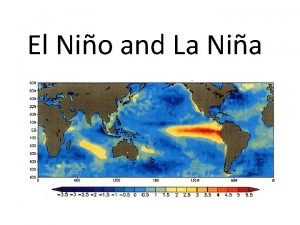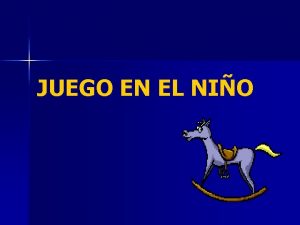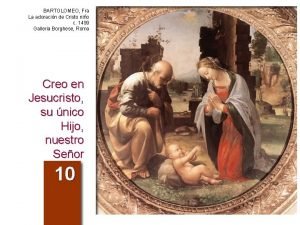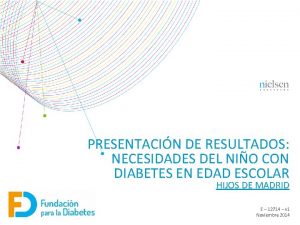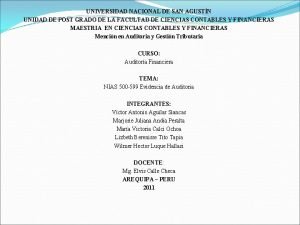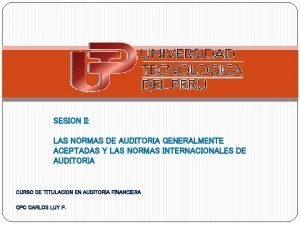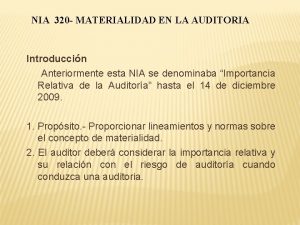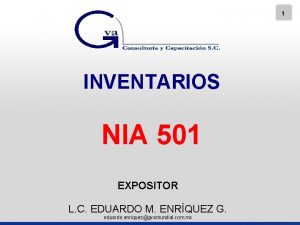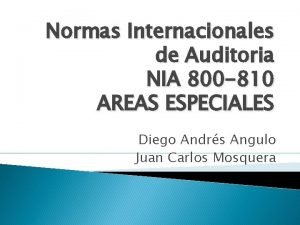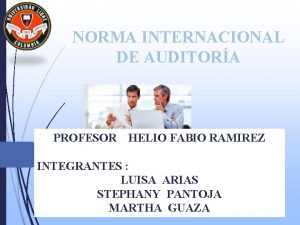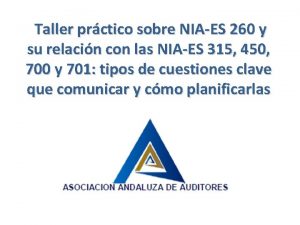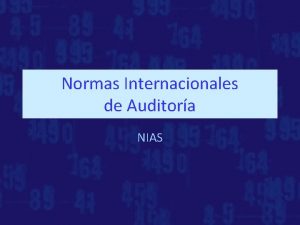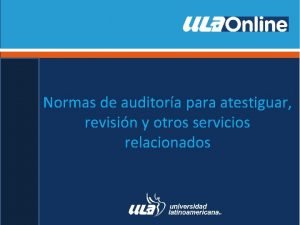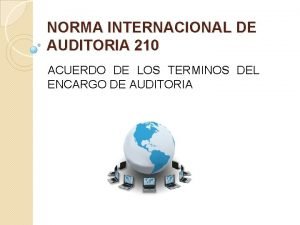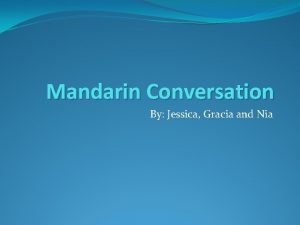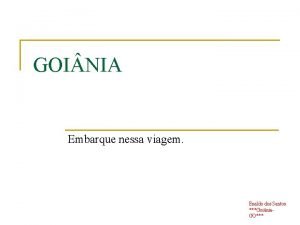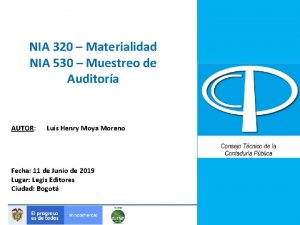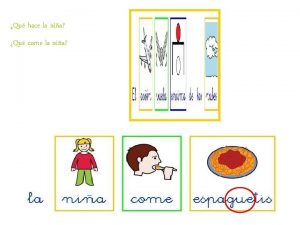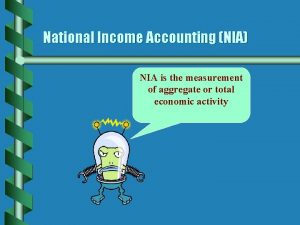El Nio and La Nia Normal El Nio






















- Slides: 22

El Niño and La Niña

Normal & El Niño Model • http: //esminfo. prenhall. com/science/geoanim ations/animations/26_Nino. Nina. html

Normal Conditions – Air pressure across equatorial Pacific is higher in eastern Pacific – Strong southeast trade winds – Pacific warm pool on western side – Thermocline deeper on western side – Upwelling off the coast of Peru


Normal conditions Fig. 7. 18 a

S

El Niño-Southern Oscillation (ENSO) – Trade winds weaken – Warm countercurrents become unusually strong and replace normally cold offshore waters with warm equatorial waters – High pressure in eastern Pacific weakens – Warm pool migrates eastward – Thermocline deeper in eastern Pacific – Downwelling – Lower biological productivity • Corals particularly sensitive to warmer seawater


El Niño-Southern Oscillation (ENSO): Warm phase (El Niño) Fig. 7. 18 b


Global consequences of El Niño • El Niño has global consequences and is both an atmospheric and oceanic phenomena • Drought in SE Asia and Australia • Flooding and increased rainfall in S. America • Strong winter storms on US West Coast • Northward displacement of Jet Stream • Weaker trade winds • Causes more winter rain in Texas, mild winter in Midwest

ENSO events • Strong conditions influence global weather • Flooding, drought, erosion, fires, tropical storms, harmful effects on marine life

La Niña • Opposite of El Niño • When surface temperatures in the eastern Pacific are colder than average • During La Niña winter-lots of colder than normal air blows over the Pacific Northwest, but warms the rest of the US – Trade winds are especially strong • Can also increase hurricane activity



Weak and Strong El Niños






ENSO events El Niño warm phase about every 3 to 8 years Highly irregular Phases usually last 12 to 18 months Currently in El Niño! Fig. 7. 20
 Nia nio
Nia nio Piaget juego simbolico
Piaget juego simbolico Dr. nio
Dr. nio Nio fra
Nio fra Nio presentacion resultados
Nio presentacion resultados Nia 500 evidencia de auditoría
Nia 500 evidencia de auditoría Nia 910
Nia 910 Introduccion de la nia 320
Introduccion de la nia 320 Nia 120
Nia 120 Książka karolcia pdf
Książka karolcia pdf History of nia
History of nia Nia 501
Nia 501 Nia 800
Nia 800 Objetivo de la nia 505
Objetivo de la nia 505 Nia 701
Nia 701 Si9a
Si9a Nia seating
Nia seating Nia magoulianiti-mcgregor
Nia magoulianiti-mcgregor Adrd payline
Adrd payline Nia 570 negocio en marcha
Nia 570 negocio en marcha Rim auditoria
Rim auditoria Norma 210 de auditoria
Norma 210 de auditoria Nia in spanish
Nia in spanish
